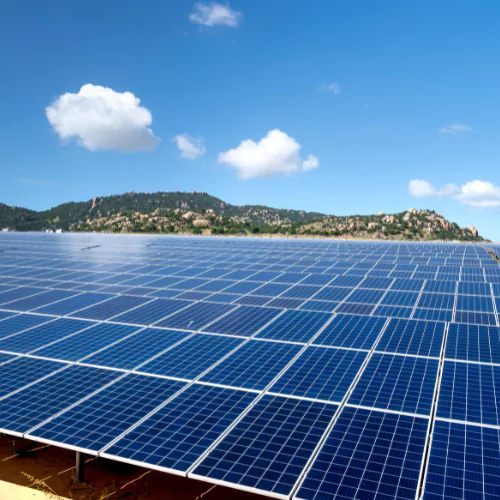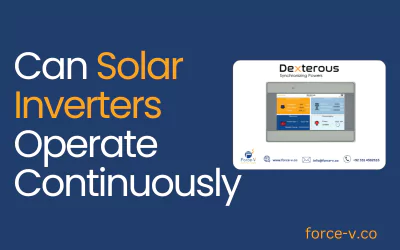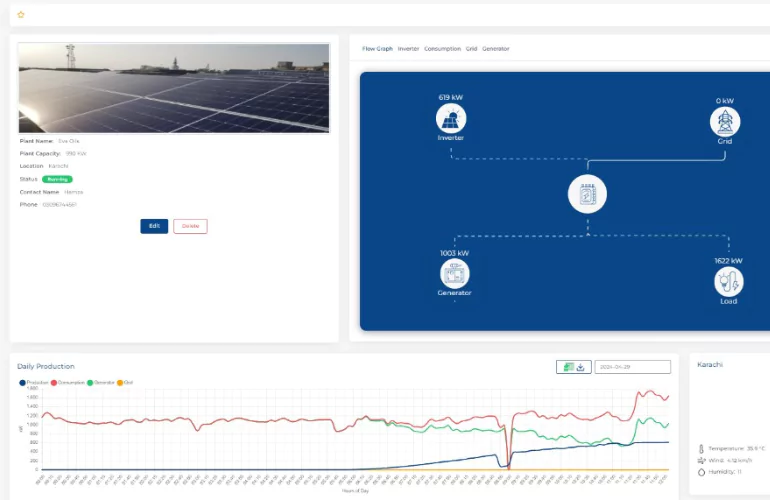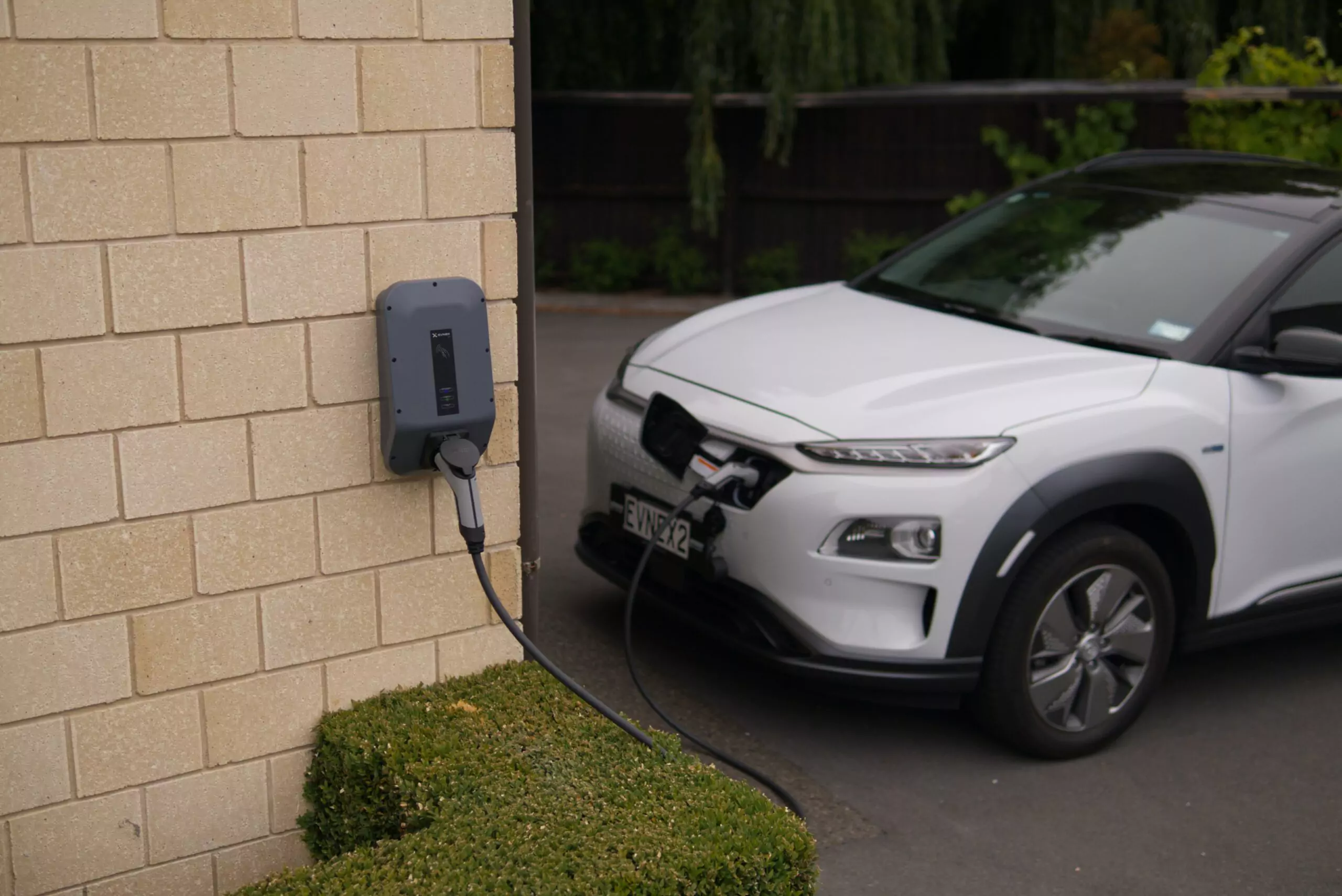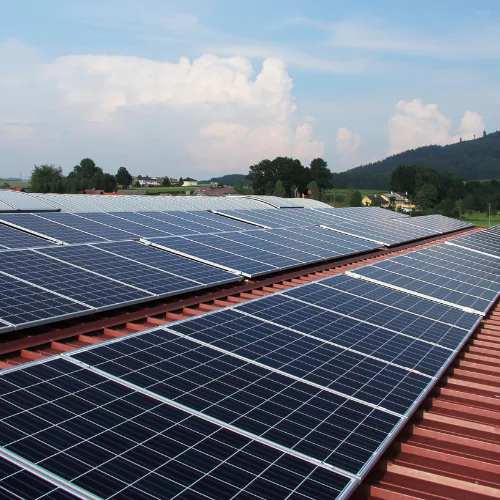Solar Panels for Homes: A Complete Guide 2024
Before diving into the world of solar panels for homes, it’s crucial to understand the energy needs your system must fulfill. Every component of a solar panel system hinges on the amount of power it must handle. Here’s a step-by-step guide to help you determine the right solar system for your home’s energy requirements.
Assess Your Energy Needs
Start by calculating the total wattage your solar system needs to support. You can do this by determining the wattages of all the appliances and electronics you want to power using solar energy. Multiply each appliance’s wattage by the duration it will be in operation during a typical day, then add up all these values to find the total energy consumption.
Solar Panels for Homes
Solar panels for homes have become a smart and budget-friendly way to produce electricity. The cost of solar panels for homes has dropped, making them more appealing to homeowners aiming to cut their energy bills. These panels work by converting sunlight into electricity, reducing the need for traditional power sources.
Using solar panels not only saves money over time but also helps the environment by lowering carbon emissions. With technology improvements and government support, solar panels are now easier for homeowners to afford, making it simpler to switch to renewable energy and support a cleaner planet.
Consult Professionals and Solar Companies
While you can estimate your energy needs on your own, it’s advisable to consult with professionals or solar companies for more accurate assessments. They have the expertise and tools to analyze your energy usage patterns, factor in seasonal variations, and recommend an appropriately sized solar panel system.
Understand Solar Panel Components
A solar panel system consists of several key components:
- Solar Panels: These capture sunlight and convert it into electricity.
- Inverter: Converts the DC electricity generated by solar panels into AC electricity usable by your home.
- Batteries (Optional): Store excess electricity for use during periods of low sunlight or at night.
- Charge Controller (if using batteries): Regulates the voltage and current from solar panels to prevent overcharging the batteries.
Types of Solar Panels
There are three main types of solar panels:
- Monocrystalline: High efficiency, space-efficient, and durable, but usually more expensive.
- Polycrystalline: Slightly less efficient than monocrystalline, but more affordable.
- Thin-Film: Flexible and lightweight, suitable for specific applications but less efficient than crystalline panels.
Consider Other Factors
Apart from energy needs and panel types, consider other factors such as:
- Roof Space: Assess if your roof has sufficient space and orientation (south-facing is ideal in the Northern Hemisphere) for solar panels.
- Local Regulations: Check local building codes, permits, and incentives for solar panel installations.
- Budget: Determine your budget for the entire solar panel system, including installation costs and potential maintenance expenses.
Installation and Maintenance
Once you’ve chosen your solar panel system, hire professionals for installation to ensure safety and compliance. Regular maintenance, such as cleaning panels and checking connections, can optimize system performance and longevity.
Conclusion
Investing in solar panels for your home is a step towards energy independence and environmental sustainability. By accurately assessing your energy needs, understanding system components, choosing the right panel type, and following installation and maintenance best practices, you can enjoy the benefits of solar energy for years to come. Consulting with professionals and reputable solar companies ensures a seamless transition to solar power tailored to your home’s requirements.
Also Check:

